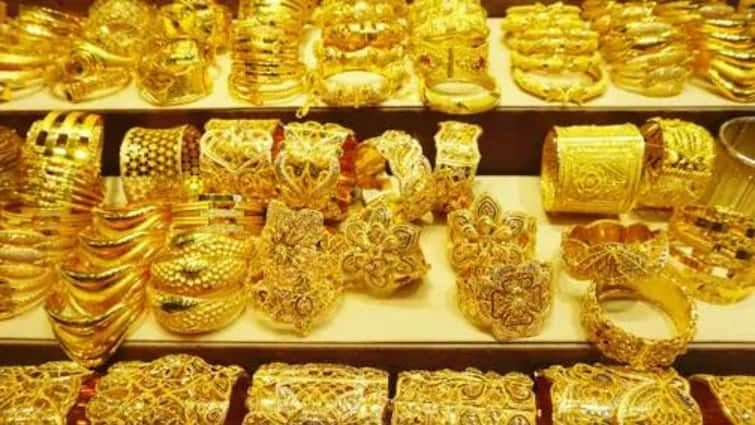Gold prices edged higher in India on Friday, with Lucknow reflecting stability in the bullion market. The city recorded rates of Rs 9,421 per gram for 22-karat gold and Rs 10,276 per gram for 24-karat gold, making it one of the costlier domestic markets compared to cities such as Mumbai and Chennai.
As the second-largest gold consumer globally after China, India satisfies the bulk of its demand through imports. This dependence makes domestic prices sensitive to global benchmarks and currency movements. The rupee-dollar exchange rate, in particular, remains a decisive factor in setting gold rates across the country, including Lucknow.
Factors Impacting Gold Prices in Lucknow
The slight increase in Lucknow’s gold prices has been attributed to international influences such as dollar weakness, bond yield fluctuations, and speculation over possible interest rate changes in the United States. Domestic duties, GST, and local taxes further add to the final consumer price.
Analysts point out that gold continues to benefit from its safe-haven status, especially in periods of economic instability. At present, investors are closely tracking US economic indicators and global trade tensions, which have kept gold demand intact.
Gold’s Enduring Popularity in the City
In Lucknow, gold purchases hold cultural and emotional significance, particularly during weddings and festivals. This ingrained tradition ensures that despite frequent changes in pricing, household demand remains resilient. Beyond jewellery, gold is also increasingly seen as an essential asset for long-term wealth protection.
Nationally, gold prices were mostly aligned on Friday. Delhi reported 22-karat gold at Rs 9,421 per gram and 24-karat at Rs 10,276, identical to Lucknow. Cities such as Mumbai, Bengaluru, and Hyderabad quoted slightly lower rates at Rs 9,406 and Rs 10,261 for 22-karat and 24-karat respectively.
In uncertain times, the yellow metal has proven to be a stabilising force for investors. For residents of Lucknow, Friday’s rates reaffirm gold’s role as both a cultural treasure and a financial safeguard against market swings.



